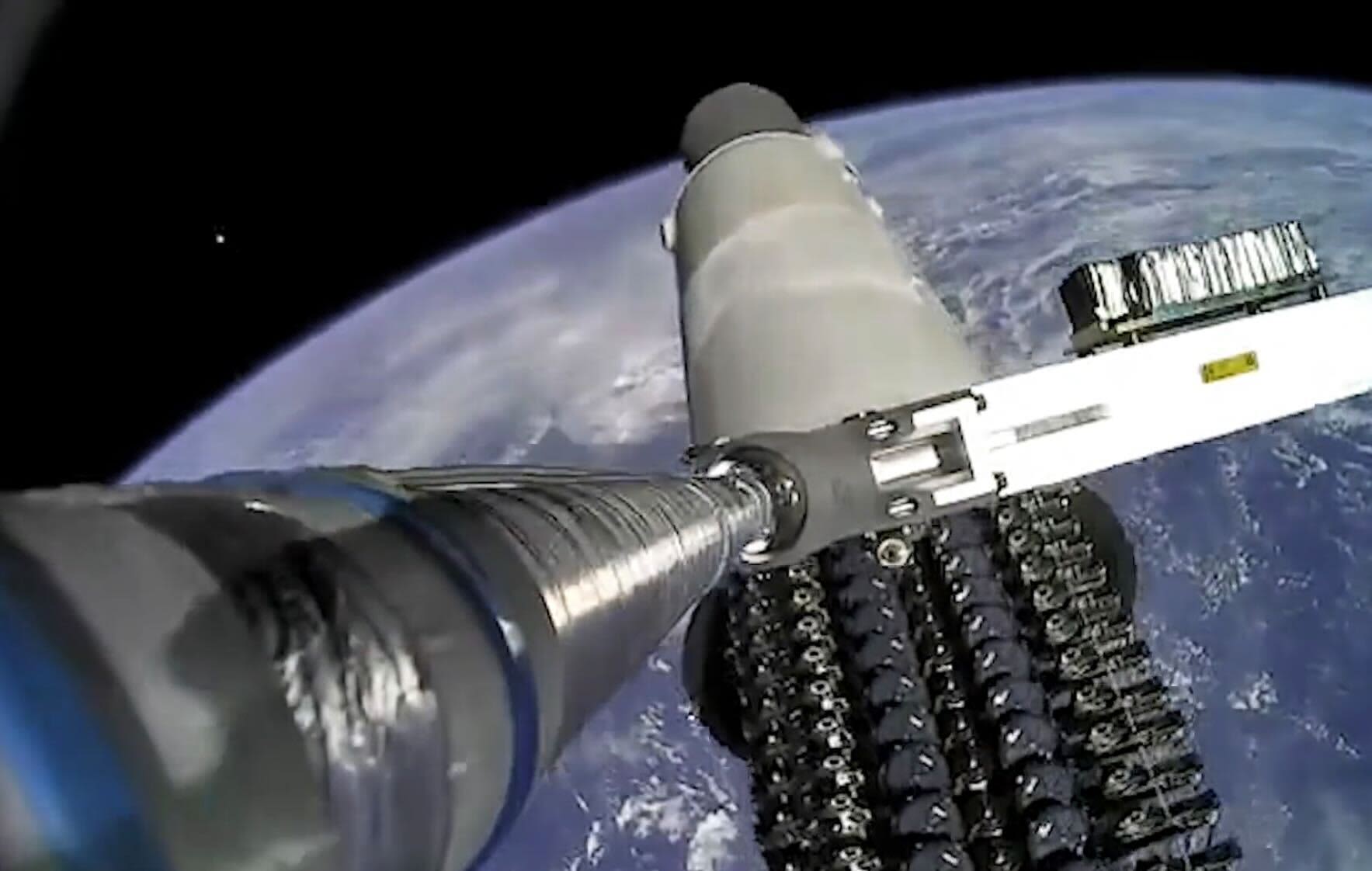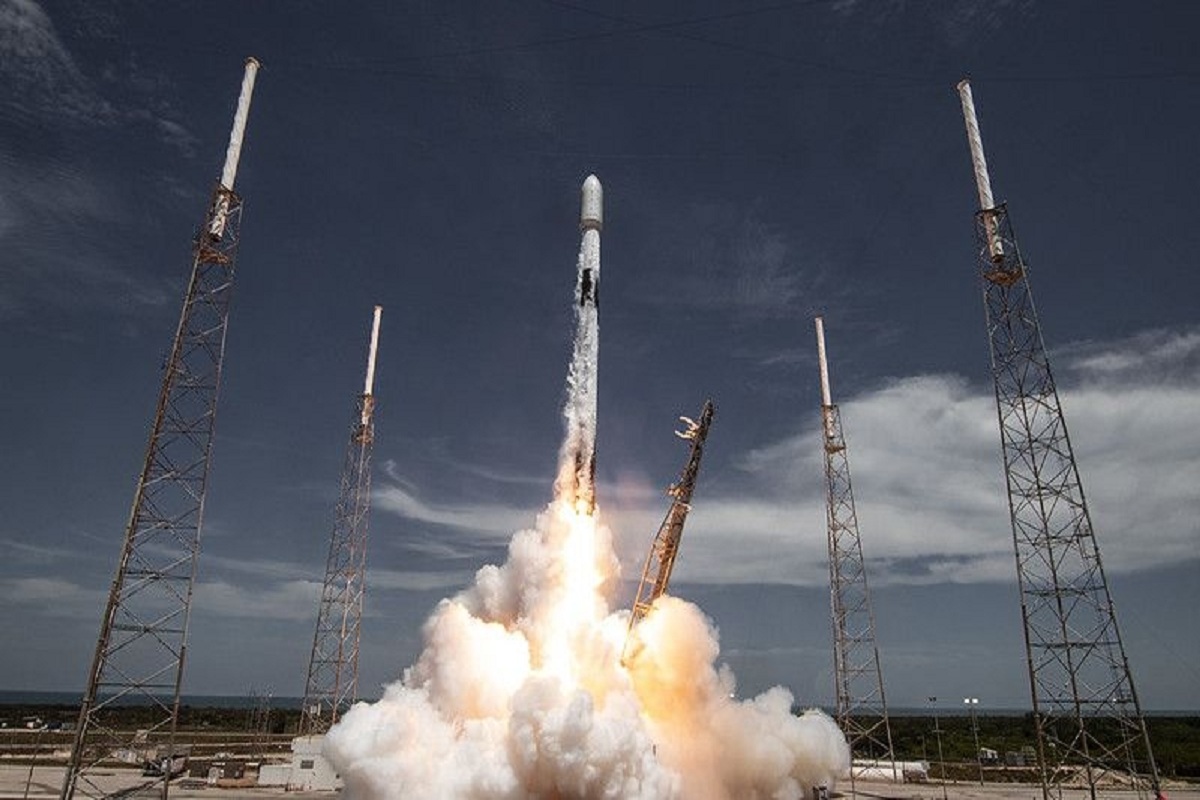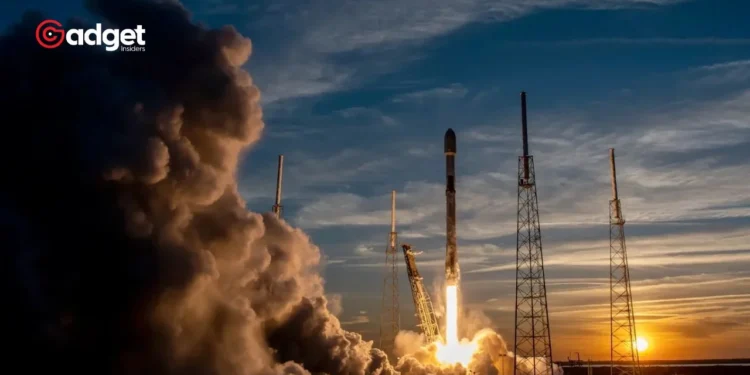Major geomagnetic activity has battered Earth’s magnetosphere, pushing Starlink satellites to their limits and causing significant disruptions to navigation and communication networks. Conditions escalated to level 5 on the geomagnetic activity scale, marking the first such storm since October 2003.

“Major geomagnetic solar storm happening right now. Biggest in a long time,” tweeted Elon Musk, CEO of SpaceX. He added that Starlink satellites, the cornerstone of SpaceX’s global internet service, are “under a lot of pressure, but holding up so far.”

Starlink Internet Impacted
Starlink reported “degraded service” on its website amid the geomagnetic storm, although specific details weren’t disclosed. SpaceX, which currently has around 6,000 satellites in low-Earth orbit, uses inter-satellite laser links to provide seamless global internet connectivity. Starlink controls nearly 60% of all active satellites orbiting Earth and is a leader in satellite internet.
The U.S. National Oceanic and Atmospheric Administration (NOAA) highlighted that G5-level storms can cause widespread voltage control issues, leading to potential power grid failures or collapses. Home electrical systems remain largely unaffected, but this storm continues to pose significant challenges.
Huge solar storm impacting Starlink satellites, 'degraded service' reported: Musk https://t.co/6TwZNFfCPz
— FOX Business (@FoxBusiness) May 12, 2024
Solar Flares and Space Weather
A geomagnetic storm, as explained by NOAA, arises when solar wind exchanges energy with Earth’s magnetosphere. Solar flares, known as Coronal Mass Ejections (CMEs), disrupt the plasma, currents, and magnetic fields surrounding Earth. Since Wednesday, at least seven CMEs have been detected.
This storm has already sent colorful waves across the night sky, creating a dazzling aurora borealis display across the U.S. Typically confined to northern areas, these lights have appeared as far south as Florida, Texas, and Alabama in vivid pink, green, and purple hues.

Persistent Threats Over the Weekend
Although the storm has subsided to level 4, NOAA forecasts additional solar flares, prolonging the geomagnetic disturbance through the weekend and into next week. The implications remain broad, with high risks to power grids, GPS systems, and communication networks.
The last G5-level storm caused power outages in Sweden and damaged electrical transformers in South Africa.
As global connectivity relies more heavily on satellite networks like Starlink, these geomagnetic storms are a stark reminder of our vulnerability to space weather.










